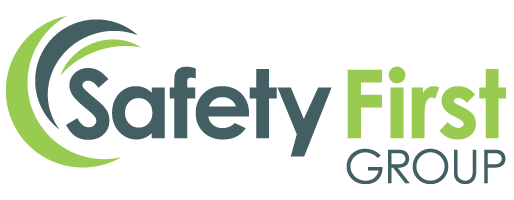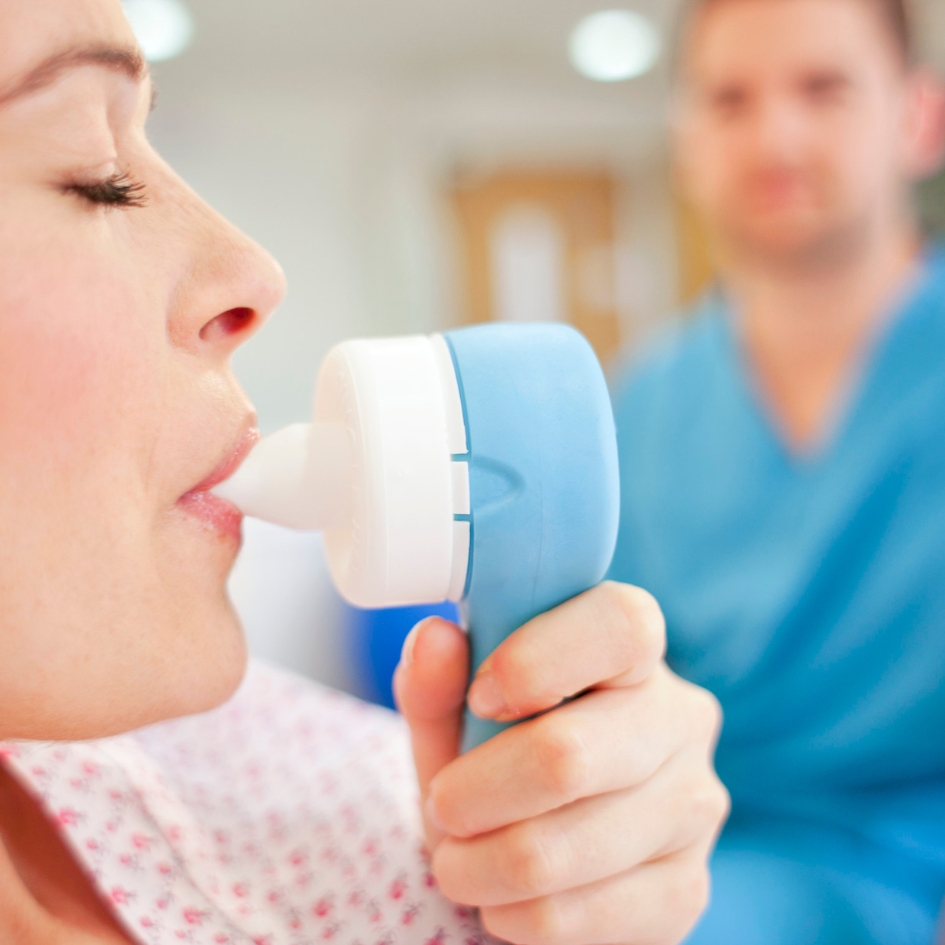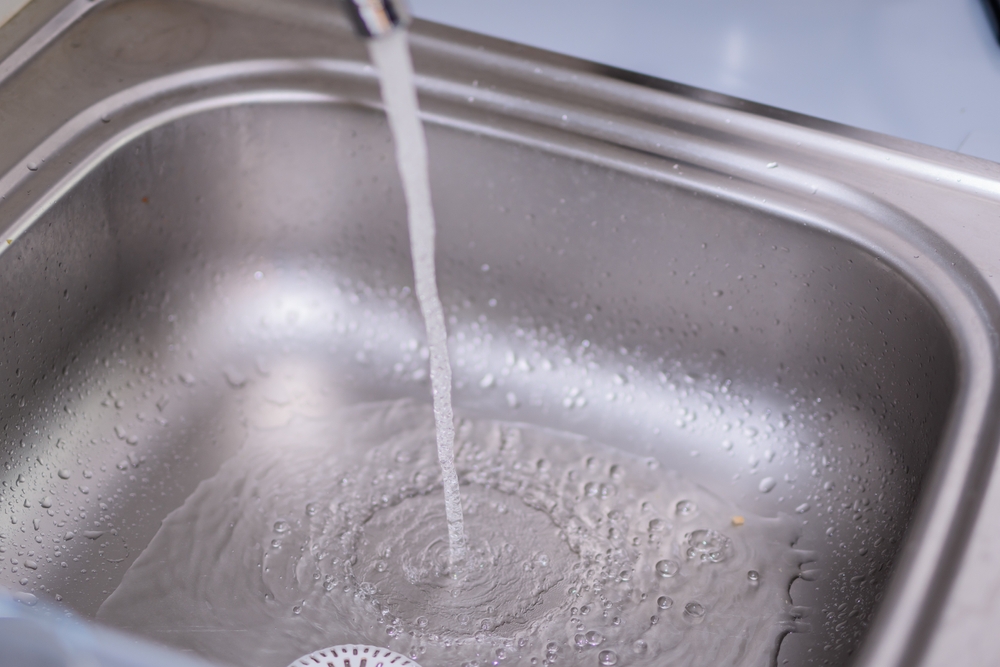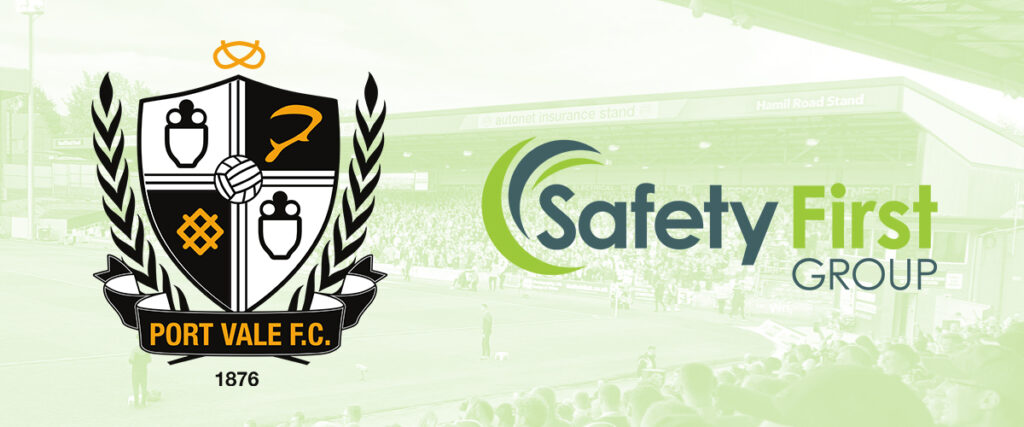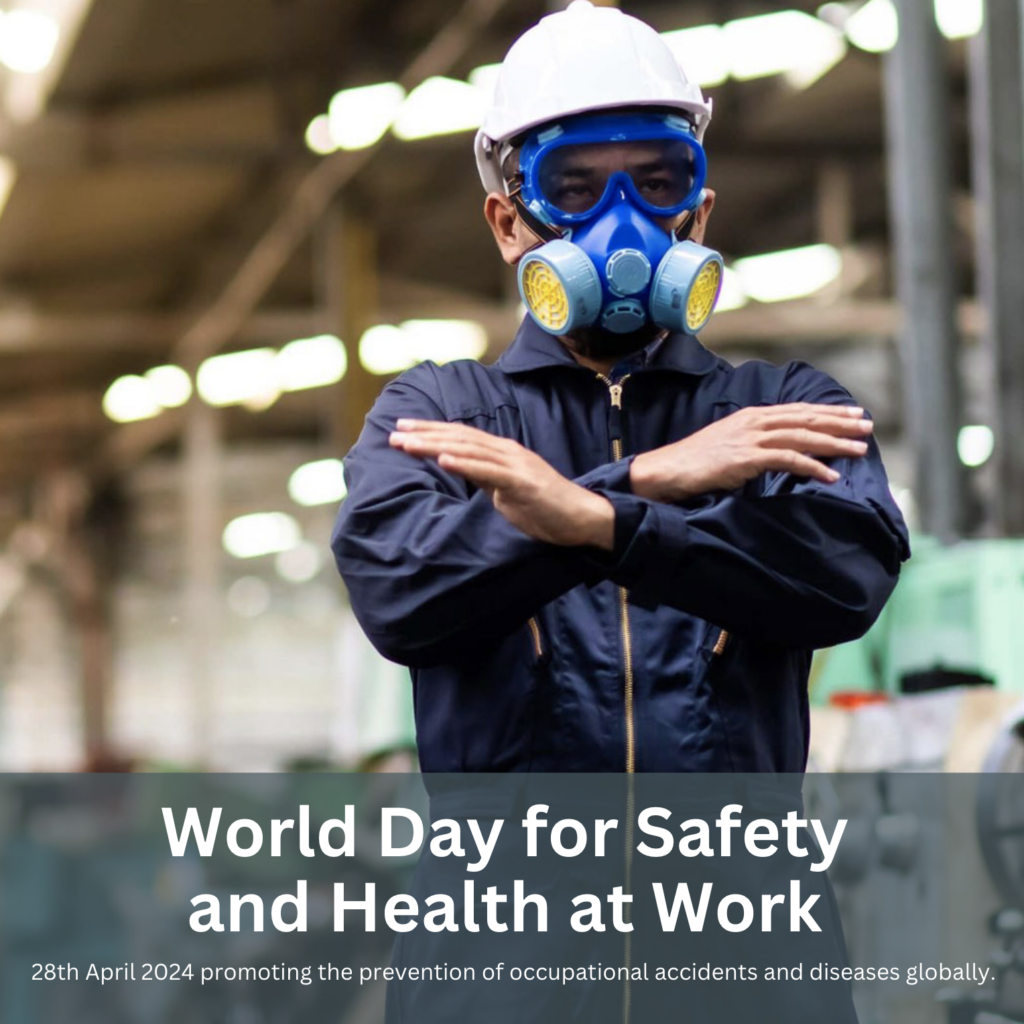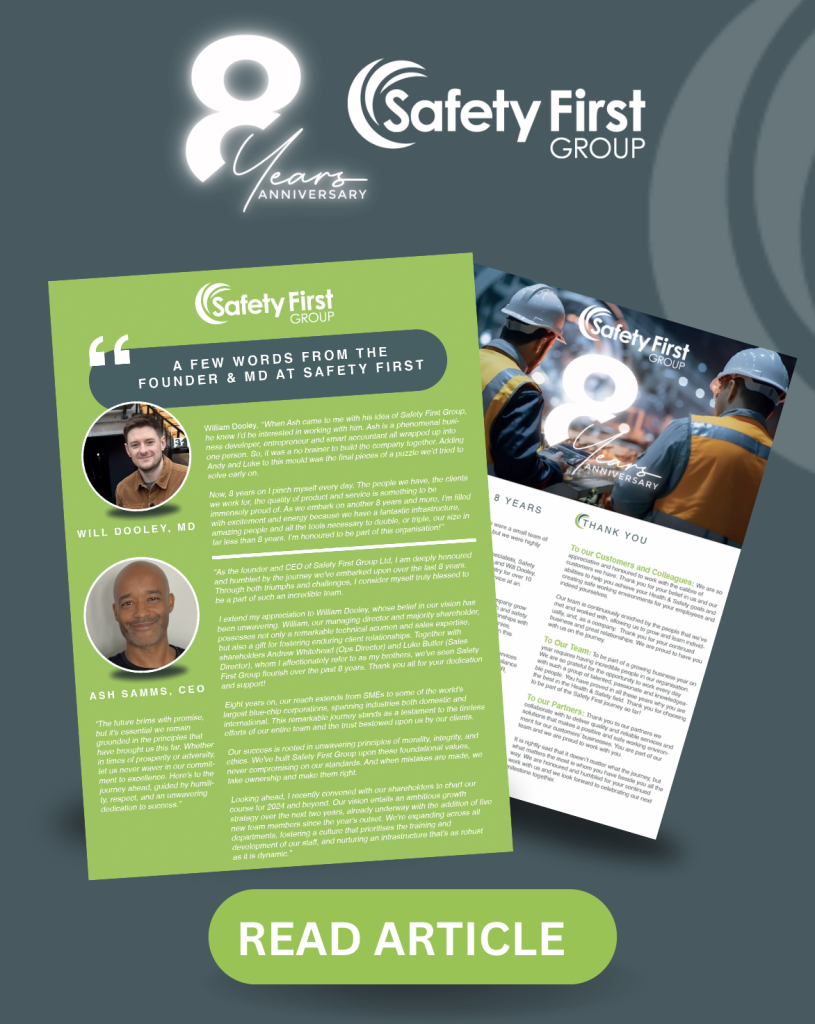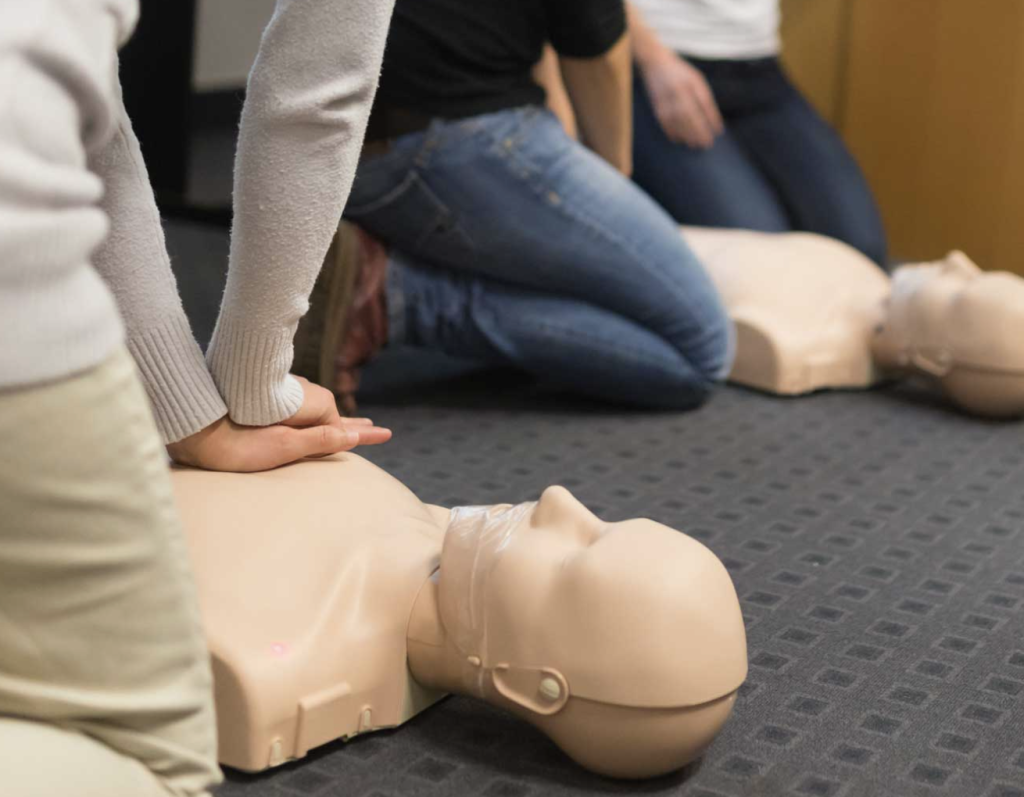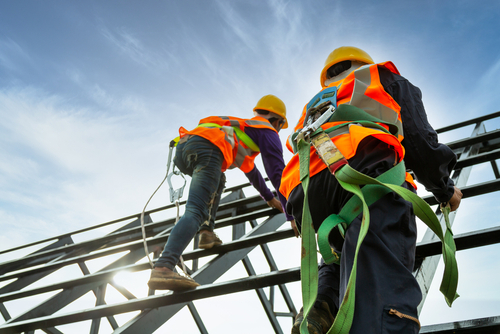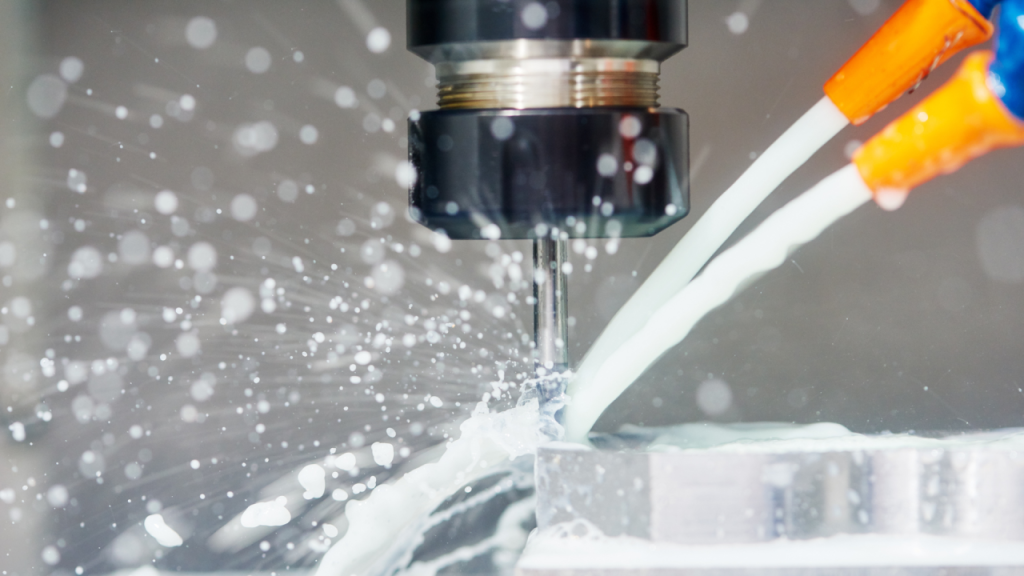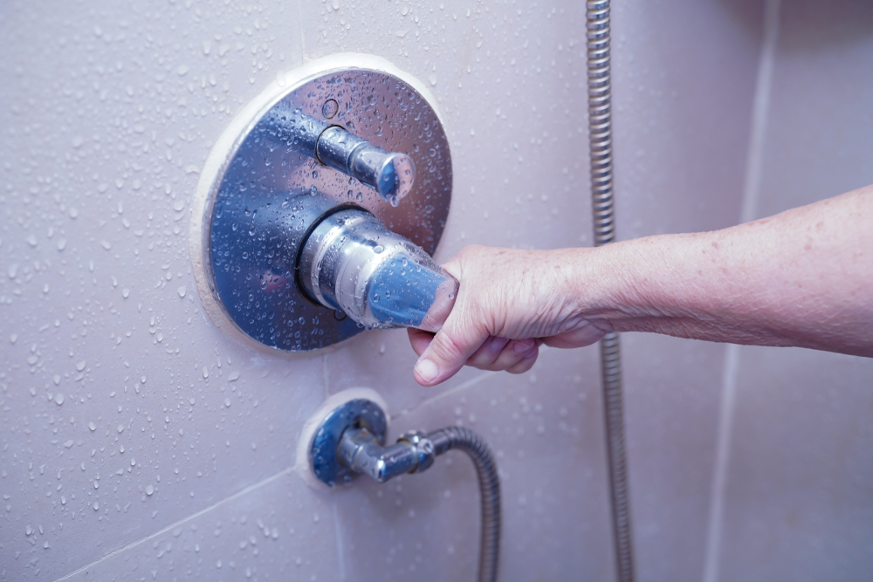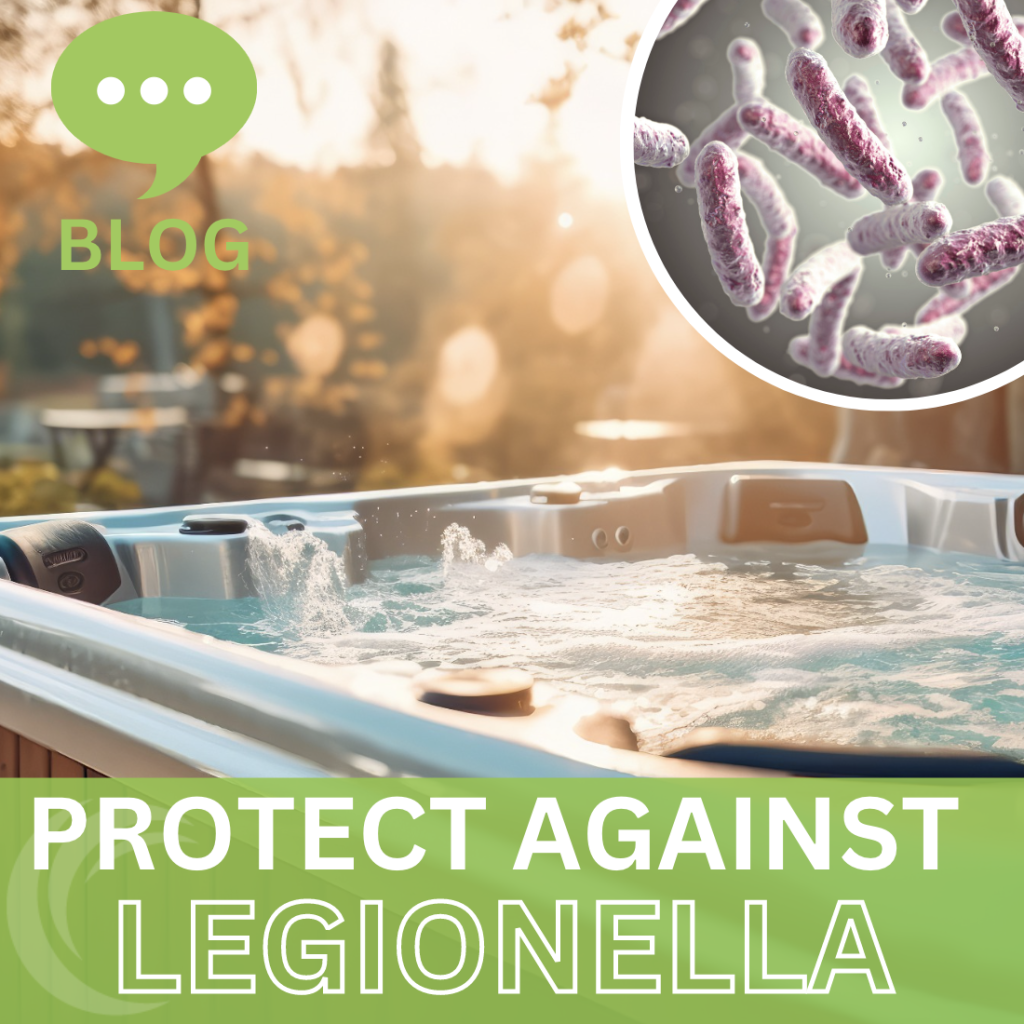It’s been reported this week that an NHS trust in Essex has been accused of not acting quickly enough to protect its staff from exposure to nitrous oxide in a maternity unit.
Midwives and other staff at a UK hospital have been ‘exposed to unnecessary risk or potential harm’, a review found.
The NHS maternity survey for 2022 shows 76% of women used gas and air (nitrous oxide) during their labour. While there are no harmful side effects to using gas and air for a mother or baby, prolonged exposure can lead to health issues. We mustn’t forget midwives’ health and wellness!
“The inquiry found that there was an unacceptable delay in responding to and mitigating a serious risk that had been reported into the levels of nitrous oxide in the maternity unit,” the authors wrote.
As a result, midwives and other staff on the maternity unit were “exposed to unnecessary risk or potential harm”, they added.
The review states that the levels of nitrous oxide – also known as Entonox – found on the ward “needed to be treated as a significant risk to health” when concerns were raised in July 2021, but this was not done until October 2022.
Several NHS maternity units around the country over the last few months to a year have announced suspension of the gas and air, also known as Entonox, over concerns about the risk to health of midwives and other labour ward staff.
What is Gas and Air / Entonox?
Entonox is the trade name for “gas and air” or “laughing gas”, which is used as a form of pain relief.
It’s comprised of oxygen and nitrous oxide and is commonly used in areas, such as acute trauma, labour wards, community settings (home births), as well as during wound dressings and suturing.
Entonox is administered through a mouthpiece: when the patient inhales, a valve opens and allows the gas to be released – however, vapours can also be released into the room.
What are the risks?
Members might inhale Entonox in what’s known as occupational exposure, when working with a patient who is using it to manage pain and the room is poorly ventilated.
This can lead to adverse health effects including a decrease in mental performance, audio-visual ability and manual dexterity.
Members might even experience addiction to Entonox, and over time, the gas can prevent the body from absorbing vitamin B12, leading to anaemia and other neurological effects.
Bowel distension, ear damage and a reduction in fertility have also been noted as symptoms.
What can employers do about it?
Employers have a legal duty to assess the risk of staff being exposed to Entonox, including during pregnancy and breastfeeding.
The Health and Safety Executive has set a workplace exposure limit (WEL) for concentrations of Entonox in the air and this should not be exceeded.
Examples of suitable control measures may include improving ventilation or the use of gas scavenger units.
In addition, employers should ensure staff are suitably trained and that control measures are monitored to check their effectiveness.
If, following clinical review, an NHS trust decides to use gas and air, staff risk of exposure to N2O should be established through a clinically led Control of Substances Hazardous to Health (COSHH) risk assessment of each space in which gas and air is administered, and the following mitigations should be put in place where appropriate:
- environmental ventilation
- local extract ventilation (LEV)
- rebreather facemasks with gas scavenging
- staff positioning relative to exhaust N2O and the direction of ventilation flow
- awareness of the COSHH risk assessment and its controls
- training in the administration of gas and air
- adherence to the mitigations
- awareness and review of monitoring results.
Safety First’s occupational exposure monitoring
Exposure monitoring is needed for work with harmful substances, such as asbestos and lead may also be required as part of the COSHH risk assessments. Our specialist team is highly qualified in the different methods of monitoring exposure. No matter how complex the issue, Safety First can find the right sampling strategy for you.
Safety First’s Air Quality Monitoring
Our qualified specialists are skilled at conducting comprehensive air quality assessments in many different environments both indoor and outdoor, from offices to warehouses to hospitals – we work with an array of industries where employees exposure to harmful conditions may cause long term risk.
Safety First’s COSHH risk assessments
Safety First offers expert COSHH Risk Assessments to uncover and measure any exposure to harmful substances, as well as to propose measures for prevention or control.
Please get in touch with our team to learn more about our services HERE
Sources;
https://www.england.nhs.uk/long-read/guidance-on-minimising-time-weighted-exposure-to-nitrous-oxide-in-healthcare-settings-in-england/
https://www.rcn.org.uk/magazines/Action/2023/May/Entonox-exposure-are-you-at-risk
https://www.itv.com/news/anglia/2024-02-14/nhs-trust-apologises-after-staff-were-exposed-to-dangerous-levels-of-gas
